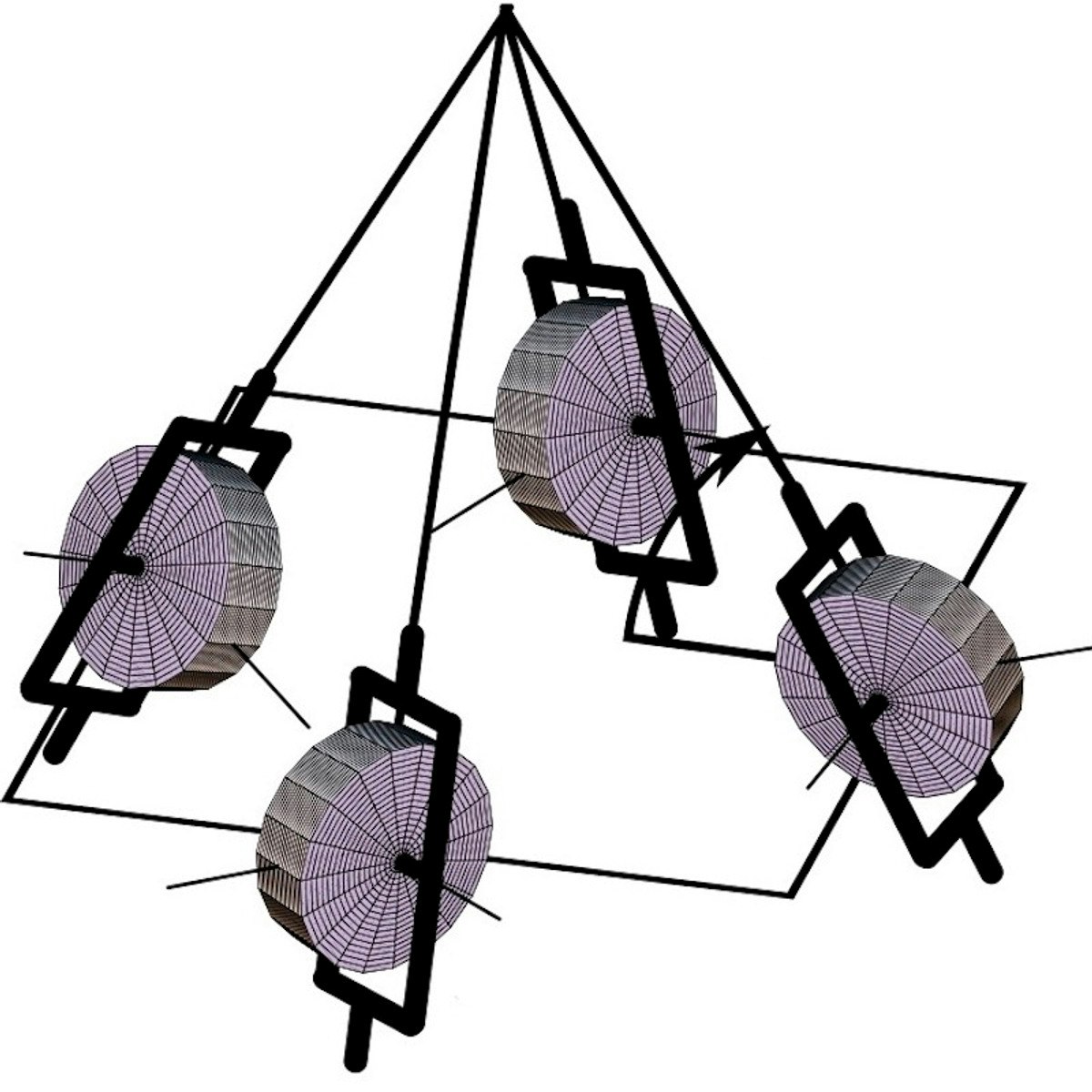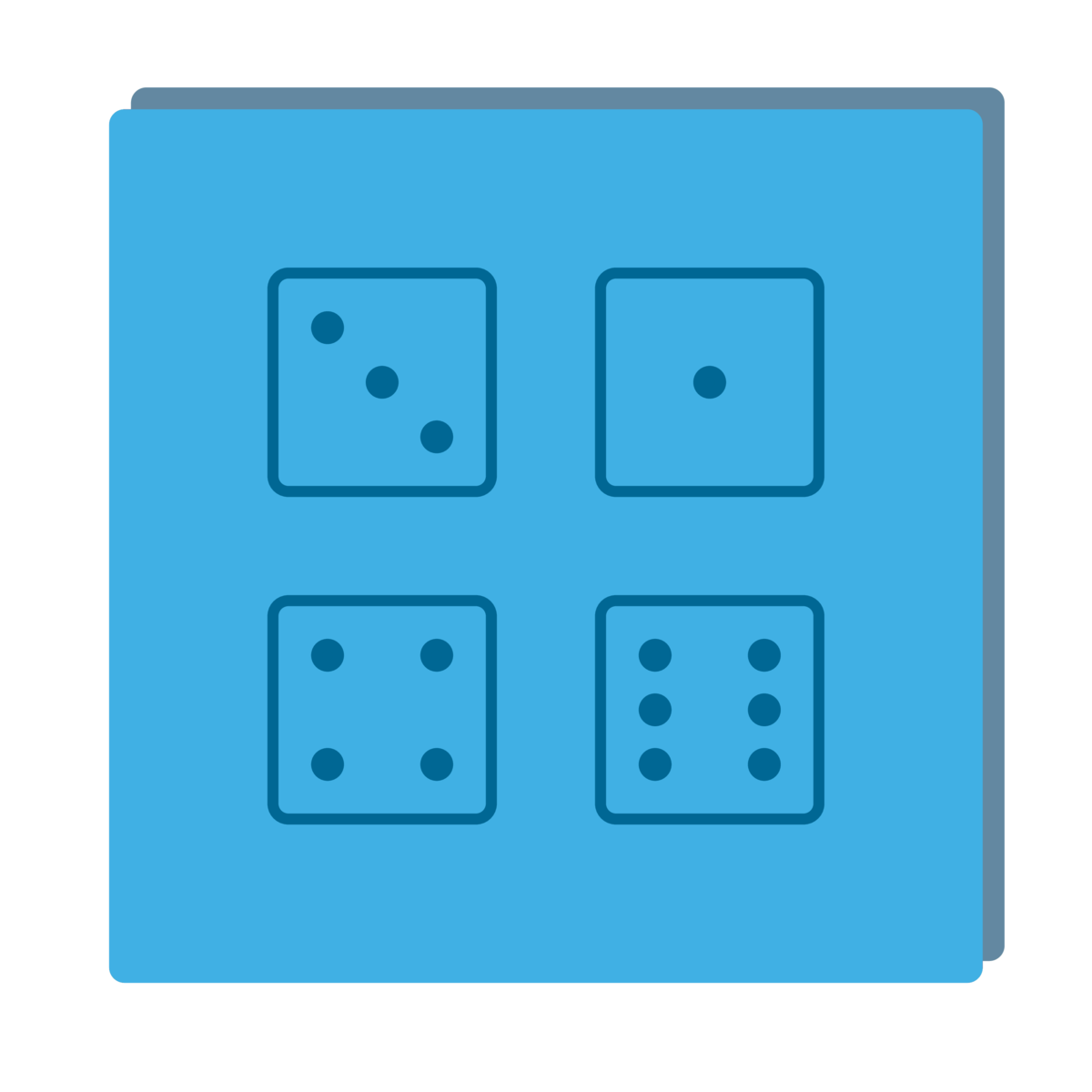Back to Courses









Computer Science Courses - Page 70
Showing results 691-700 of 2309

Simple NEWS Reader Android Application Using okhttp
At the end of this project we will create a simple NEWS reader application. We are going to use okhttp to fetch JSON data from a NEWS API, we are going to parse the data and show them in a recyclerview in Android. During this project we will learn how to make a http request using okhttp library, we are going to learn to how to download an image in android and put it in an imageview using Picasso library. Also we will learn how to work with recyclerview in android.

Aruba Cloud Basics
In Aruba Cloud Basics you will learn what cloud networking is, compare cloud technologies and their various use cases and implementation types. Once you learn about those you will be well on your way to understanding cloud use cases and how to leverage cloud services from Aruba. Part 1 introduces Aruba cloud technologies, products, and challenges in doing a cloud deployment. Explore concepts such as network management systems, orchestration, and security and learn how to move your applications to the cloud. In Part 2 you’ll get an overview of Aruba Central cloud device onboarding, integration, monitoring, and troubleshooting. You’ll also learn about Aruba cloud applications such as Net Edit, UXI, Device Insight, and Aruba ESP (Edge Services Platform).

Machine Learning for Kyphosis Disease Classification
The objective of this project is to predict whether a patient has kyphosis or not, based on given features and diagnostic measurements such as age and number of vertebrae. Kyphosis is an abnormally excessive convex curvature of the spine. This guided project is practical and directly applicable to the healthcare industry. You can add this project to your portfolio of projects which is essential for your next job interview.
Attitude Control with Momentum Exchange Devices
This course is part 1 of the specialization Advanced Spacecraft Dynamics and Control. It is a direct continuation of the Coursera specialization Spacecraft Dynamics and Control. This first course focuses on nonlinear attitude feedback control using a range of angular momentum devices. The course provides a comprehensive review of prerequisite material. Next it develops equations of motion of a spacecraft with momentum exchange devices such as reaction wheels (RWs), control momentum gyroscopes (CMGs) and variable speed control moment gyroscopes (VSCMGs).
The course discusses developing a complex spacecraft simulation with a number VSCMGs and how to approach debugging such complex software. The use of the work/energy theorem is discussed to assist with debugging the simulation by validating angular momentum, energy, changes in momentum and mechanical power.
Further, the use of null motion is explored to reconfigure the attitude control devices to avoid singularities and gimbal lock. The redundancy is exploited to seek control solutions that avoid classical CMG singularities.

Operating System Foundations
In this course, we take a look at what an actual operating system is. People often confuse operating systems with browsers and many other things. We take a look at Windows versus Linux versus MacOS and discuss how these operating systems evolved. We also get into some technical detail about the components that make up an operating system.

C Programming: Modular Programming and Memory Management - 3
Enhance your coding skills along your path to becoming a proficient C programmer with the essential concepts of functions and pointers.
In this course you will be introduced to the concept of modular programming: that is, dividing up more complex tasks into manageable pieces.
You will learn how to write your own functions (just like functions in mathematics for example). You will also gain insight into a computer's architecture and learn how its memory is organized.
Given the vast amount of memory computers have these days, how does your program remember where a certain variable is stored? This brings about the important topic of how memory is efficiently addressed inside a computer, and with it, the topic of pointers.
Pointers are often considered the most difficult part and main struggle for C program developers. We will introduce you to this central topic with our novel and innovative visualization tools and show you precisely how pointers work. No need to struggle! You will receive instant feedback on your code right within your browser.
The programming concepts you will gain in this course are foundational to any programming language. C is a foundational programming language taught at engineering schools around the world, and represents one of the building blocks of modern computer information technology. Invented in the 1970’s. It is still one of the most stable and popular programming languages in the world.
By the end of this course, you will have reached the third mile stone in the C Programming with Linux Specialization program, unlocking the door to a career in computer engineering.
Your job outlook:
- Programmers, developers, engineers, managers, and related industries within scientific computing and data science;
- Embedded systems such as transportation, utility networks, and aerospace;
- Robotics industry and manufacturing;
- IoT (Internet of Things) used in smart homes, automation, and wearables.
- IEEE, the world’s largest technical professional organization for the advancement of technology, ranks C as third of the top programming languages of 2021 in demand by employers. (Source: IEEE Spectrum)
This course has received financial support from the Patrick & Lina Drahi Foundation.

Design User Interface (UI) Flow to Improve UX in Miro
By the end of this project, you will be able to apply design principles and customer-centric thinking to visualize User Interface (UI) flow with the goal of improving the User Experience (UX).
To design a User Interface flow, you will gain hands-on experience applying design thinking, user interface knowledge, and context from each step of the customer journey in the Miro online visual collaboration platform for teamwork.
Note: This course works best for learners who are based in the North America region. We’re currently working on providing the same experience in other regions.

Combinatorics and Probability
Counting is one of the basic mathematically related tasks we encounter on a day to day basis. The main question here is the following. If we need to count something, can we do anything better than just counting all objects one by one? Do we need to create a list of all phone numbers to ensure that there are enough phone numbers for everyone? Is there a way to tell that our algorithm will run in a reasonable time before implementing and actually running it? All these questions are addressed by a mathematical field called Combinatorics.
In this online course we discuss most standard combinatorial settings that can help to answer questions of this type. We will especially concentrate on developing the ability to distinguish these settings in real life and algorithmic problems. This will help the learner to actually implement new knowledge. Apart from that we will discuss recursive technique for counting that is important for algorithmic implementations.
One of the main ‘consumers’ of Combinatorics is Probability Theory. This area is connected with numerous sides of life, on one hand being an important concept in everyday life and on the other hand being an indispensable tool in such modern and important fields as Statistics and Machine Learning. In this course we will concentrate on providing the working knowledge of basics of probability and a good intuition in this area. The practice shows that such an intuition is not easy to develop.
In the end of the course we will create a program that successfully plays a tricky and very counterintuitive dice game.
As prerequisites we assume only basic math (e.g., we expect you to know what is a square or how to add fractions), basic programming in python (functions, loops, recursion), common sense and curiosity. Our intended audience are all people that work or plan to work in IT, starting from motivated high school students.

Configuring Python Extension Pack with Visual Studio Code
In this 1.5 hours guided project, you will learn how to install, configure and use the Python extension pack and related extensions in Visual Studio Code. At the end of the class, you will be familiar with the major components of the extension pack. You will also be able to build, debug, customize your development experience, and distribute your configurations to other workstations. Topics include semantic highlighting, auto-complete, Intellisense, debugging, DocString Generator, Python Indent, Jinja, DJango, Environmental Manager, and Python Preview. Basic Python programming experience is highly recommended.

Cryptography and Information Theory
Welcome to Cryptography and Information Theory!
This course combines cryptography (the techniques for protecting information from unauthorized access) and information theory (the study of information coding and transfer). More specifically, the course studies cryptography from the information-theoretical perspectives and discuss the concepts such as entropy and the attacker knowledge capabilities, e.g., Kerckhoff's Principle. It also contrasts information-theoretic security and computational security to highlight the different train of thoughts that drive the cryptographic algorithmic construction and the security analyses.
This course is a part of the Applied Cryptography specialization.
